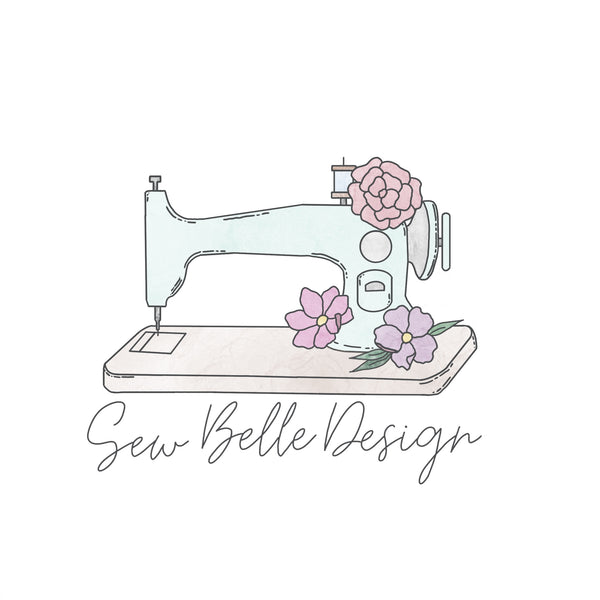Over the past twelve months, I've been making a crochet temperature blanket. It's such a fun way of recording and remembering a year through craft and wool.
If you haven't heard of this before, a temperature blanket is when you assign a colour of wool to a group of temperatures (colour gauge), record the temperatures and create your blanket accordingly.
If you've been considering creating a temperature blanket but feel a little unsure, this post is a great place to start.

Choosing A Pattern
Taking time to choose your pattern is a really fun process. There are a lot of different patterns and inspiration photos available on pinterest, as well as some wonderful Facebook groups to join as well. Take your time in deciding what style and size of blanket you would like to make, as this will determine on the type and amount of wool you need.
I made my own pattern rather than following a specific pattern. I decided to have a width of 260 stitches, and to use a single crochet stitch in the back loops only. This has given my blanket a really beautiful texture, as well as being the perfect size for using on our sofa and in my craft space.
Choosing Wool
Deciding on the size of your blanket will help you to choose the yarn type and weight that is best for you. I had a rough idea of the width that I wanted for my blanket (!!!) and so decided to go with a acrylic yarns in a light weight. Thicker yarns will mean a longer blanket, and since it will have 365 rows, heavier weight yarns will give you an extremely large blanket. I recommend a lighter weight yarn such as DK or worsted weight, so that your blanket remains at a size that is manageable. 
Choosing Colours
Firstly, you need to decide on your temperature groups. I went from 0° to 30° in increments of five, as well as having colours for both temperatures below zero, and temperatures about thirty. This meant I needed eight colours, plus another colour to seperate the months and create a border. This meant I needed nine colours in total.
If you live near a craft shop, being able to see and feel the wool in person is extremely helpful. I wasn't able to do this so I used to Canva to create different colour palettes and combinations using photos from the Love Crafts website where I ordered my wool from.
If you're feeling a little indecisive with colours, it helps to take a day or two away before coming back to it and looking at colours again. Choose colours that you love, because you'll be working with the wool for a whole year, so you want to be crocheting with colours that bring you joy.
Keeping Track of Dates and Temperatures
I prefer to use pencil and paper rather than digital methods, so I have used a notebook to keep a note of dates and temperatures, as well as a tick list for counting my stitches as well.
I used a website called Accu Weather to find my temperatures as it gives the the lowest and highest temperature from each day. I decided to calculate the average temperature from each day rather than the lowest or highest, but you can choose whichever you like.

Gathering Supplies
Having a set storage space or method for your blanket supplies is a huge help. I have a bag that I use to keep my blanket in, and a dedicated shelf for the wool that I'm using for my temperature blanket. This has helped me to keep the wool separate from the rest of stash, as well as helping me to know if and when I've needed to order more.
Having a dedicated crochet hook, yarn needles, and scissors for your blanket means you always have what you need on hand. I keep mine together in a small drawstring bag so that none of them are lost.
Staying Motivated
When I first started my temperature blanket, I would stitch a row each morning according to the temperature of the previous day. However, life gets in the way sometimes and I fell behind, usually by no more than a few days. My temperature blanket has become the project I enjoy working on in the evenings whilst we watch a film or videos on YouTube.
Having a certain time set aside to work on your blanket is very helpful, though it's important to give yourself grace for the times when your project isn't a priority. We ended up going away for a month during September and October, which meant I didn't work on my temperature blanket for over four weeks. I'm still playing catch up from this time away, but it's important to put life ahead of keeping up to date with your blanket.
Finding a crochet buddy or sharing your crochet journey on social media is a great way of staying accountable in making your blanket. I've really enjoyed sharing my crochet temperature blanket with family, as well as on social media.
I hope this has given you the inspiration and tips that you need to start your very own temperature blanket, I'd love to see photos of your creations, so please tag me on social media if you share yours online sewbelledesign
